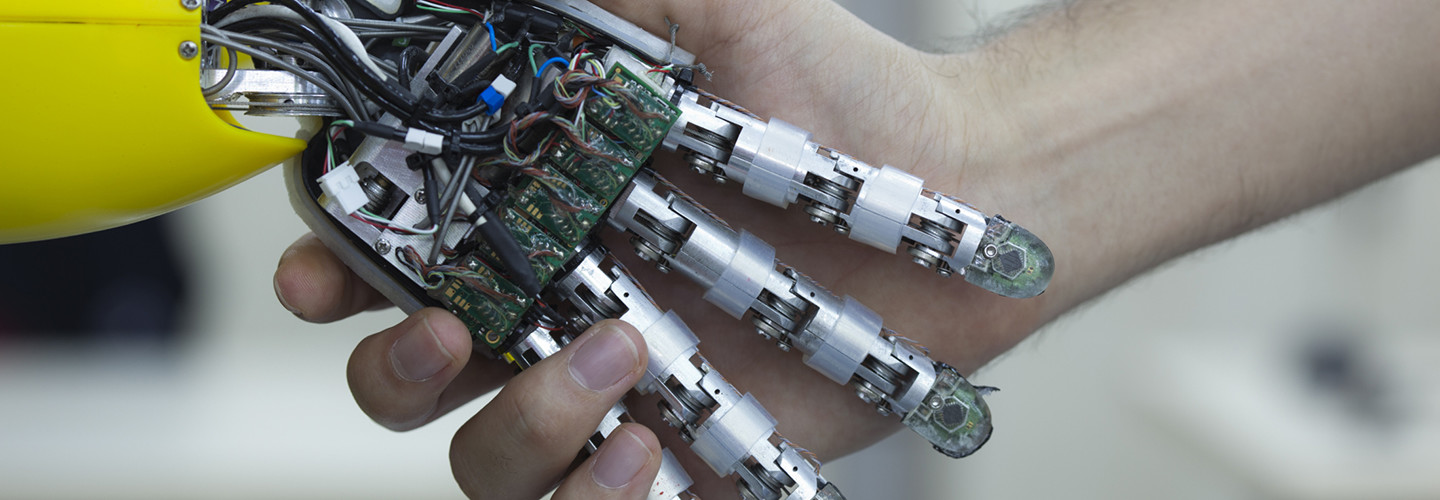NASCIO 2016: CIOs Must Spün-Feed Culture Change
The audience admittedly laughed at the video below: a Bluetooth-enabled spoon that counts calories while a person eats, even sending warnings if its user eats too fast.
Spün (pronounced “spoon”) can help state CIOs do more than just trim their waistlines. The smart device represents, in its creation, a level of thinking that needs to become the standard for all large IT organizations, from businesses and schools to state governments, said technology futurist Scott Klososky during a keynote address Wednesday at the 2016 NASCIO Midyear Conference in Baltimore.
“IT leaders need to think about the tech trends of the future, but more important, they need to place bets on some of these technologies now,” he said.
Klososky often asks IT leaders what trends they see in the marketplace, but in reply he typically gets stock answers — such as Big Data or the Internet of Things — without much thought behind them. For organizations to succeed, he said, they need a different technological view, one that incorporates a future in which people and machines are more connected than ever.
He showed a clip of a construction worker and a machine building a wall. The machine placed bricks neatly in a row, while the worker followed behind and applied mortar. Klososky said that process alone is 35 percent more efficient than if two men did the project, but it prompts the question: Why does a man need to be there at all?
“Organizations that approach technology in this way will be more profitable and ahead of the curve,” Klososky said. “We’re moving to a world where the balance between humans and machines is rapidly changing, and those that can accept this change will benefit.”
A More Machine-Centric World
The goal, Klososky said, is discovering what tasks can be given to machines and what tasks still need that human touch.
For state CIOs, he admitted there are restrictions and challenges to this transformation. What he recommends is that governments, and all organizations in general, make sure they provide a nurturing environment for technology change. That includes forward-thinking leadership and governance, a talented team, an ability to adapt to cultural changes, measurable results and an ability to learn.
“Digital maturity, at its core, means creating an environment where technology flourishes,” Klososky said. “Transformational leaders carry an extra burden. They must inspire the organization to accept constant change. It’s not an easy task, but one that is imperative to future success.”








